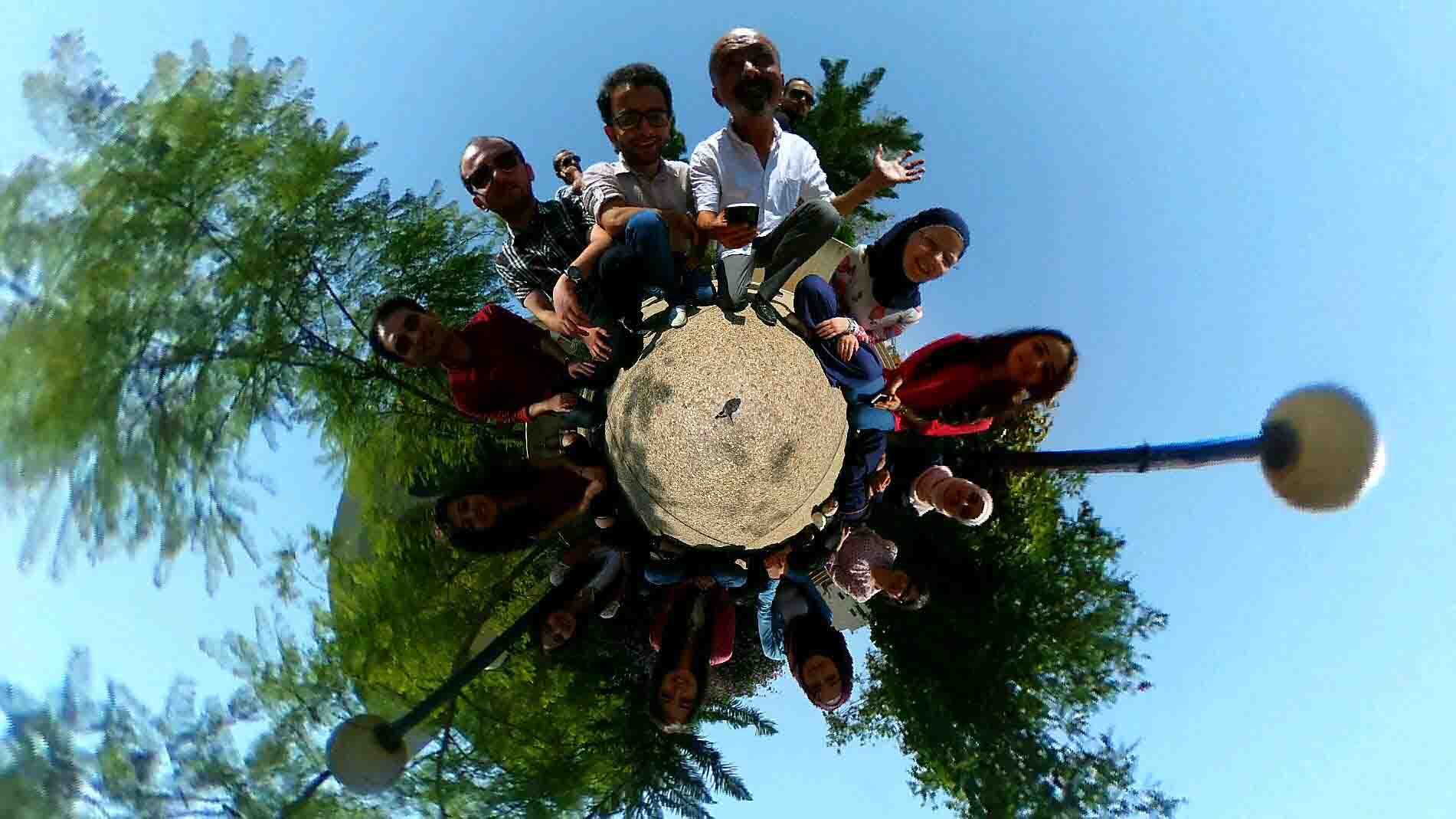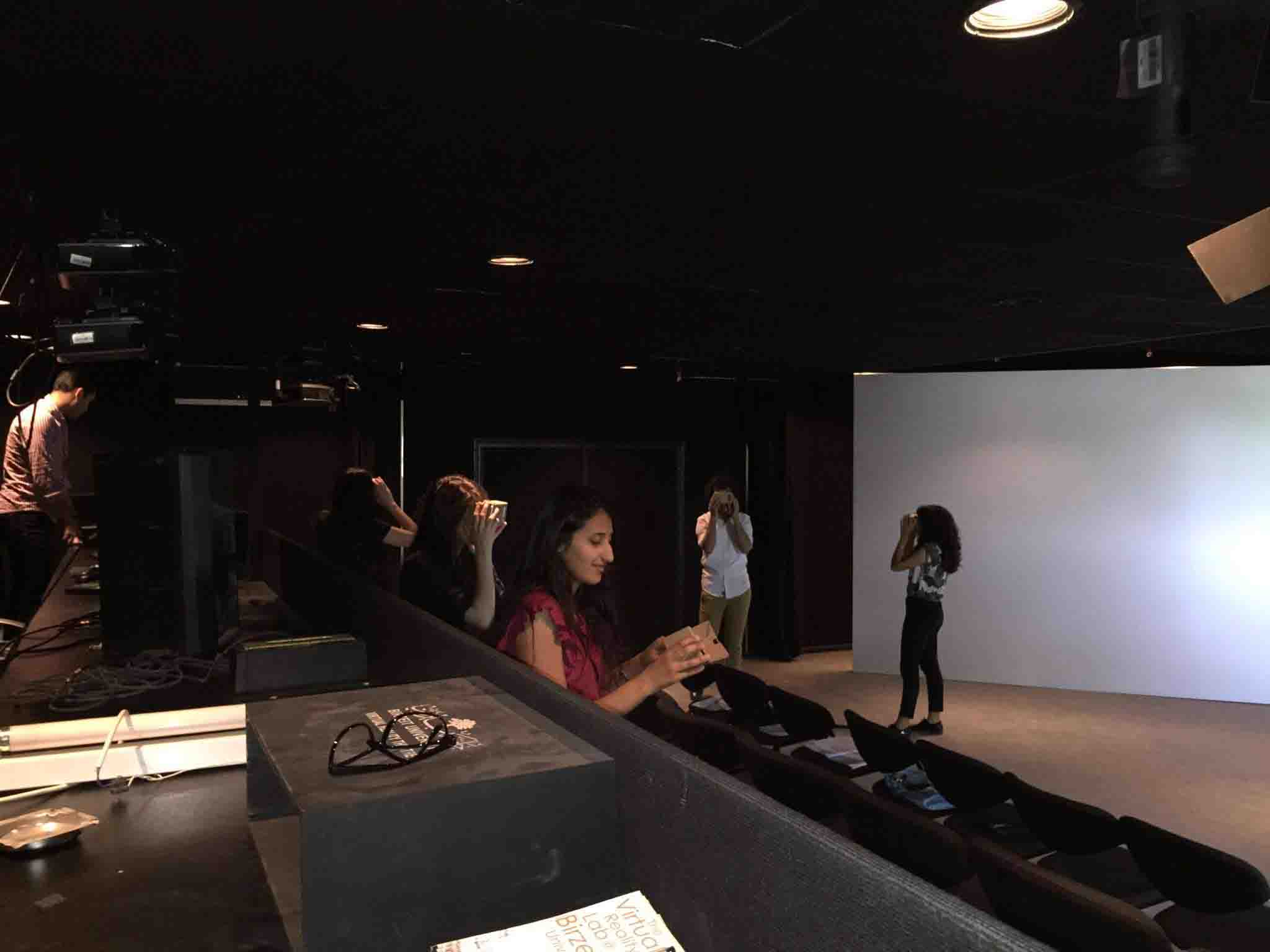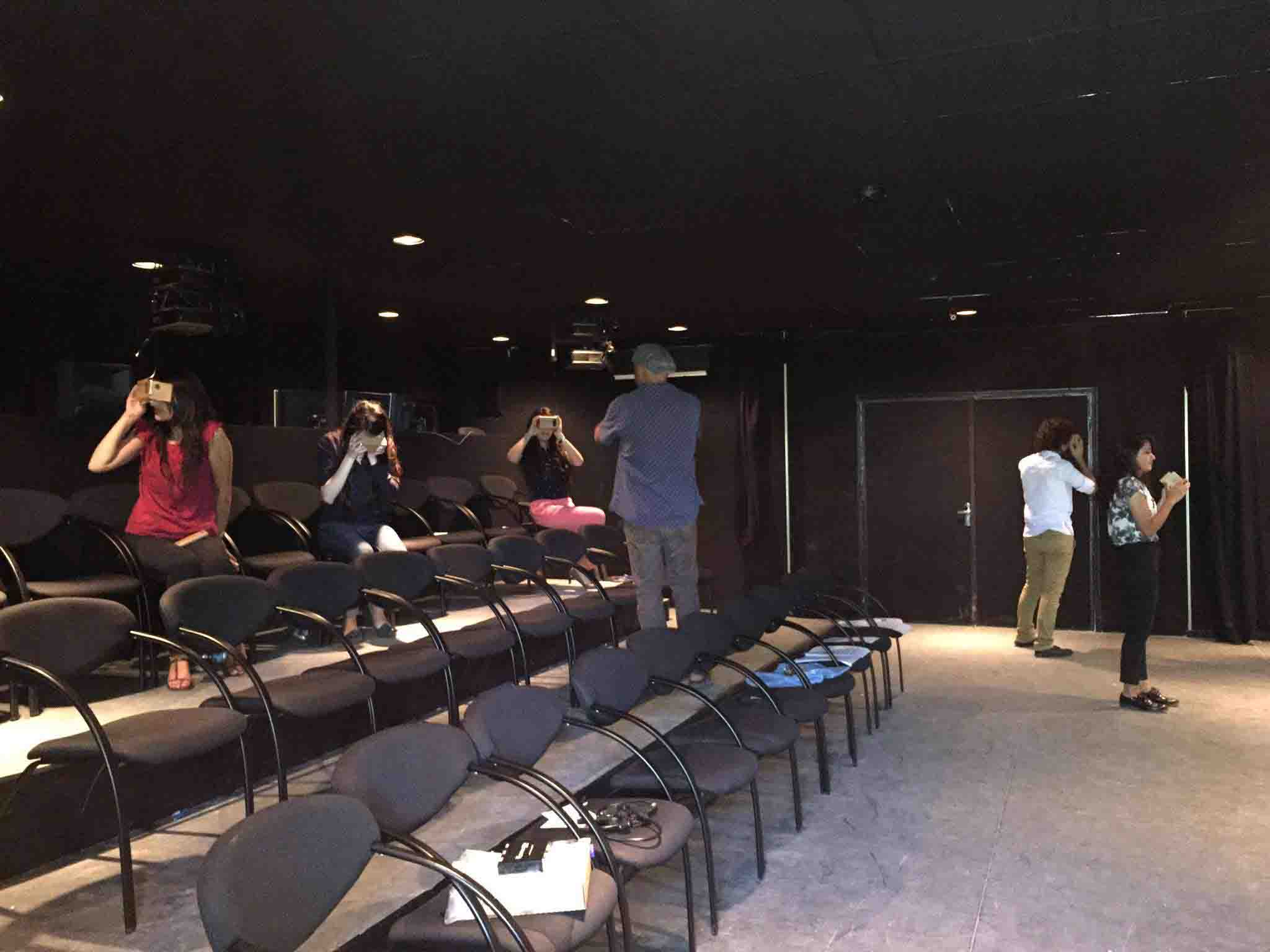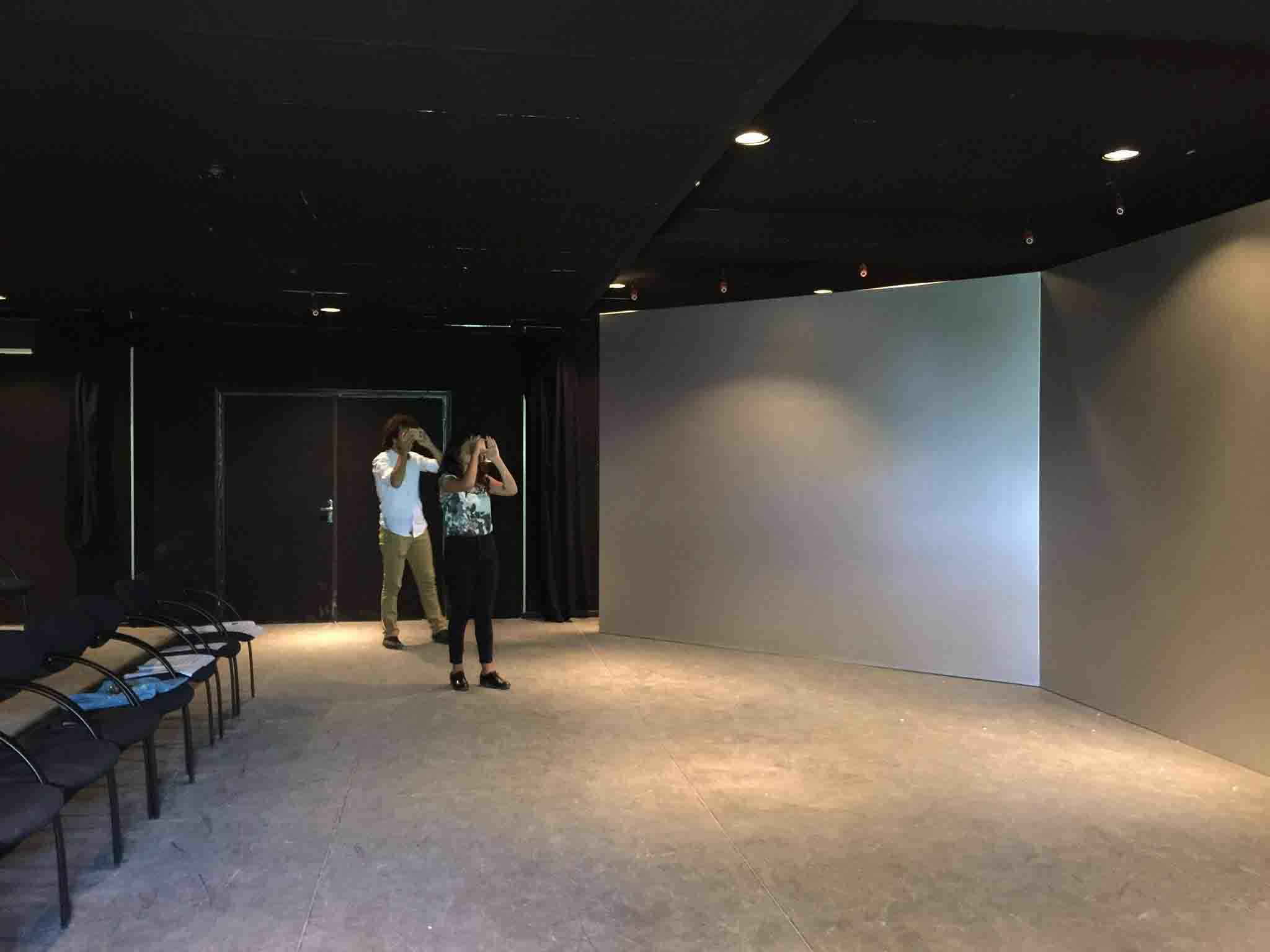Virtual Reality for documentation of cultural heritage sites.
The use of digital tools in the process of presenting and documenting cultural heritage sites has become a very successful technique worldwide. Conventional methods of documentation of cultural heritage sites such as photographs, physical models, text materials and drawings, among others, create an incomplete image of the settings of cultural heritage sites. VR based visualizations make it easier for the public, managers of cultural heritage sites and researchers to observe and understand these settings interactively and dynamically and provide a comprehensive presentation. Available technologies supported by the increase usage of tablet computers and smart mobile phones are providing new possibilities. The user is able then to visualize and interact with large amount of digital contents including 3D representations. These technologies enable cultural heritage sites, which are sometimes inaccessible to the public, to be re-created digitally and then published in various media. This kind of 3D visualization makes it possible to visit a historical place virtually, anytime and from anywhere with freedom of choice in movement and observation. It also provides possibility to visualize the historical development of a site by showing the various historical layers in different time-periods.
Through the course, students worked for a pilot project by studying a specific cultural heritage site with focus on documentation through 360-VR technology. In addition, students worked on collecting data needed about the site e.g. plans, historical development, audio narration from site visits.





